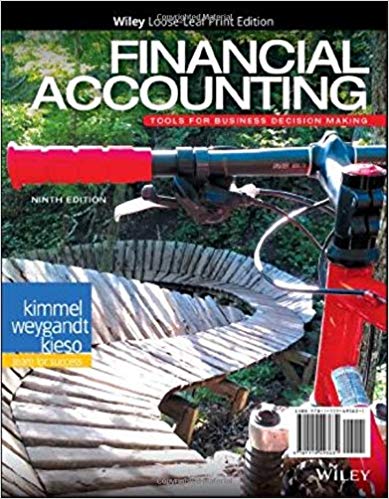The following list of terms or phrases are discussed in this chapter. 1. Certifi ed public accountant
Question:
The following list of terms or phrases are discussed in this chapter.
1. Certifi ed public accountant (CPA)
2. Management discussion and analysis (MD&A)
3. Revenue
4. Dividends
5. Stockholders’ equity
6. Net loss
7. Sole proprietorship
8. Basic accounting equation
9. Expenses
10. Liabilities
11. Sarbanes-Oxley Act (SOX)
Instructions
Match each term or phrase to its description below.
a. ______ Assets = Liabilities + Stockholders’ Equity.
b. ______ An individual who has met certain criteria and is thus allowed to perform audits of corporations. c. ______ Payments of cash from a corporation to its stockholders.
d. ______ The cost of assets consumed or services used in the process of generating revenues.
e. ______ Amounts owed to creditors in the form of debts and other obligations.
f. ______ A section of the annual report that presents management’s views on the company’s ability to pay near-term obligations, its ability to fund operations and expansion, and its results of operations.
g. ______ The amount by which expenses exceed revenues.
h. ______ The increase in assets or decrease in liabilities resulting from the sale of goods or the performance of services in the normal course of business.
i. ______ Regulations passed by Congress to reduce unethical corporate behavior.
j. ______ A business owned by one person.
k. ______ The owners’ claim to assets.
A Corporation is a legal form of business that is separate from its owner. In other words, a corporation is a business or organization formed by a group of people, and its right and liabilities separate from those of the individuals involved. It may...
Step by Step Answer:

Financial Accounting Tools for Business Decision Making
ISBN: 978-1119493631
9th edition
Authors: Paul D. Kimmel, Jerry J. Weygandt, Donald E. Kieso





